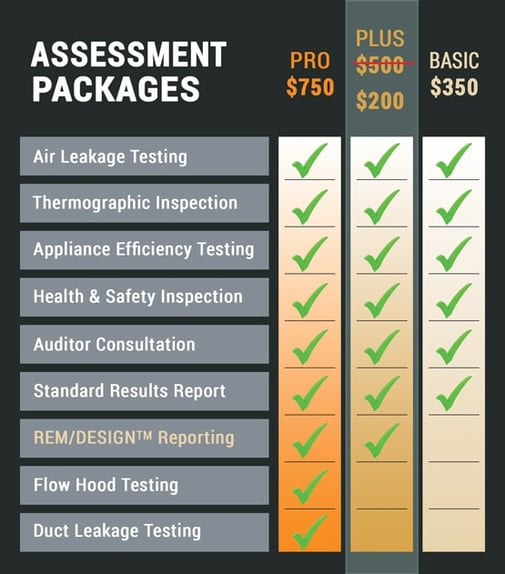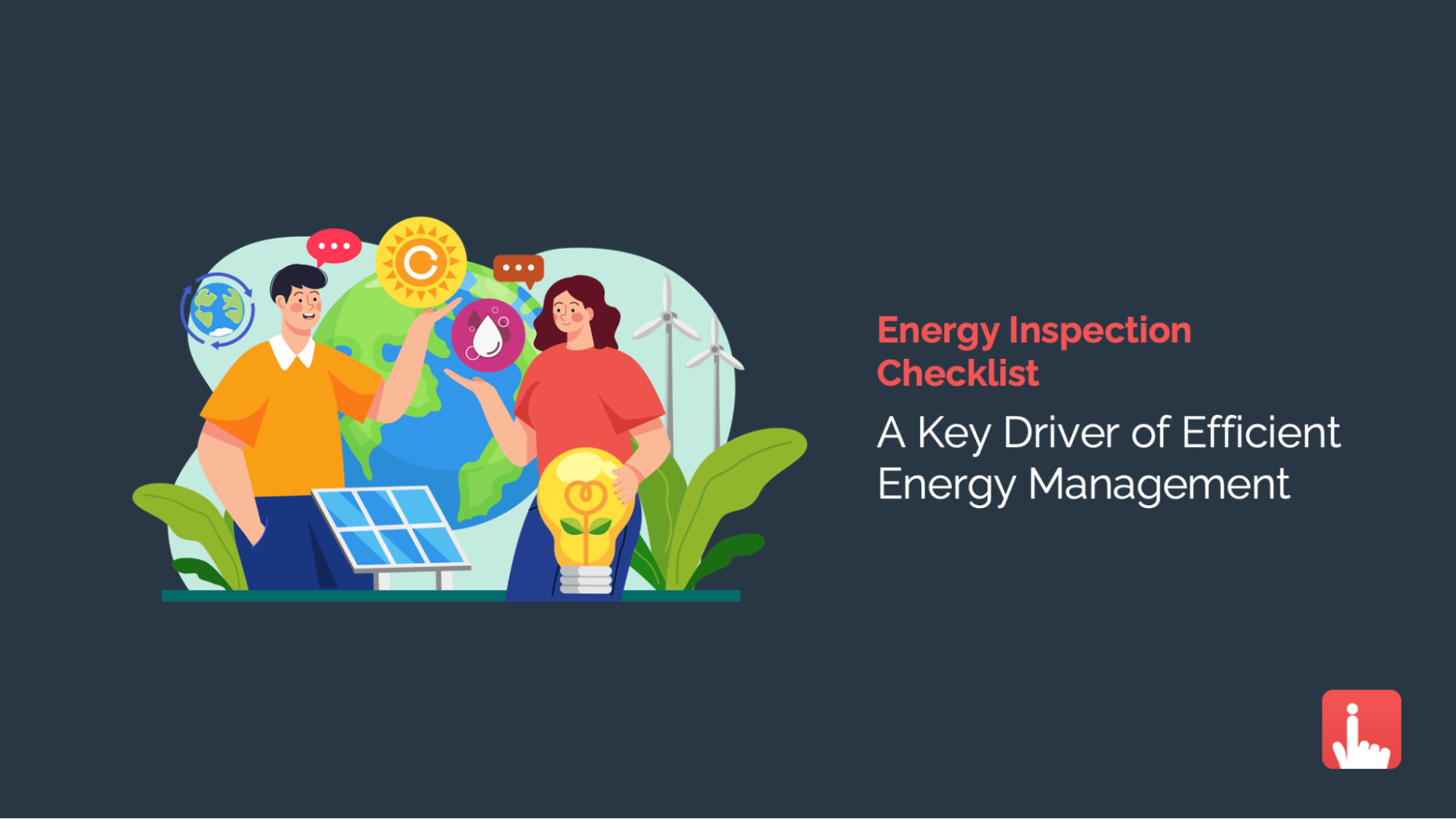From inefficient to optimized: How energy testing transforms older homes
From inefficient to optimized: How energy testing transforms older homes
Blog Article
Just How Power Screening Can Result In Much More Sustainable Living Solutions
Energy testing is an essential tool for advertising lasting living. It uncovers inadequacies in power use within homes. Techniques such as energy audits and thermal imaging supply beneficial insights. Homeowners can recognize locations needing improvement, from insulation to home appliances. Resolving these inadequacies can lead to considerable energy financial savings. Lots of remain unaware of the complete potential of these practices. What actions can individuals take to boost their homes and contribute to an extra sustainable future?
Comprehending Power Testing and Its Importance

Typical Methods of Energy Screening
There are numerous common techniques of energy screening that house owners can use to assess their power efficiency (energy testing). One commonly utilized strategy is the blower door examination, which measures the air leakage in a home. By pressurizing the building, it determines breezy locations that might require securing. Another approach is thermal imaging, where infrared electronic cameras discover temperature level variants in windows, wall surfaces, and ceilings, highlighting insulation issues.Energy audits are also prominent, including an extensive assessment of a home's energy usage, frequently carried out by an expert. These audits might consist of assessing home heating and cooling down systems, home appliances, and overall power intake patterns. Additionally, clever power meters can supply real-time data on power use, assisting homeowners comprehend their intake behaviors. With each other, these techniques supply beneficial insights, allowing house owners to make informed choices about boosting their energy efficiency and advertising sustainable living methods
Identifying Energy Inefficiencies in Your Home
Recognizing power inefficiencies in a home is necessary for home owners intending to reduce energy usage and lower energy bills. Usual areas to evaluate consist of insulation, home windows, and home appliances. Poor insulation can lead to considerable warm loss in winter season and undesirable heat gain in summer season, making cooling and heating systems work harder. Breezy windows add likewise, allowing conditioned air to run away and raising energy demand.Additionally, outdated devices commonly take in extra power than their modern-day counterparts, additionally intensifying inadequacy. House owners need to additionally think about the lighting system, as incandescent bulbs utilize even more energy contrasted to LED options.Regular maintenance of heating and cooling systems is crucial, as neglect can cause reduced efficiency. By systematically assessing these facets of a home, homeowners can determine areas needing enhancement. Addressing these inadequacies not only improves convenience however also adds to an extra lasting way of life by minimizing power waste.
The Function of Power Audits in Sustainability
Power audits play an essential function in promoting sustainability by giving house owners with a comprehensive evaluation of their energy use. These assessments recognize areas where power is lost, allowing individuals to understand their usage patterns and make educated decisions for enhancement. By disclosing inefficiencies in heating, cooling, insulation, and appliances, power audits act as a vital tool for decreasing total energy demand.Furthermore, they promote the application of energy-saving procedures, such as upgrading insulation or installing energy-efficient lights, which can significantly decrease energy bills and decrease carbon footprints. The understandings got from an energy audit equip home owners to focus on sustainability in their living settings. As more homes participate in this procedure, the cumulative impact adds to wider environmental goals, fostering a culture of energy awareness and obligation. Inevitably, energy audits are fundamental to advancing sustainable living solutions, profiting both specific property owners and the setting at huge.
Cutting-edge Technologies for Energy Performance
As homeowners increasingly seek to boost their power effectiveness, cutting-edge modern technologies are arising to sustain these endeavors. Smart home systems, furnished with sensing units and automation, enable home owners to regulate and monitor energy usage in real-time. These systems can readjust lighting, cooling, and heating based upon tenancy, thus decreasing waste.In enhancement, advancements in energy-efficient home appliances have actually made considerable strides. Devices such as ENERGY STAR-rated fridges and cleaning equipments take in less energy while providing perfect efficiency. The integration of renewable energy sources, like solar panels and wind turbines, allows property owners to create their own power, reducing reliance on nonrenewable resources.Building products have actually additionally evolved, with options like protected energy-efficient home windows and concrete types adding to decreased energy loss. Together, these innovative modern technologies not only boost power effectiveness yet likewise promote a more lasting living setting, empowering home owners to make impactful choices in their energy usage techniques.
Long-Term Conveniences of Lasting Living
While lots of might see sustainable living as a trend, its lasting benefits extend much past plain way of life options. Welcoming lasting techniques brings about considerable reductions in carbon impacts, contributing to a healthier planet. By decreasing resource intake and focusing on renewable resource, areas and individuals can experience reduced energy expenses. This financial alleviation can enhance financial security in time, enabling for reinvestment in other essential areas.Furthermore, sustainable living fosters stronger community connections as individuals collaborate on neighborhood initiatives, advertising social cohesion. Health advantages also arise, as decreased contamination and enhanced green spaces boost air top quality and total well-being. Furthermore, future generations will acquire an extra sustainable environment, ensuring the availability of natural deposits and biodiversity. Eventually, the long-term advantages of lasting living include environmental, financial, and social measurements, providing a compelling situation for individuals to embrace and maintain these techniques for the better good.
Actions to Implement Energy-Saving Solutions
Executing energy-saving solutions starts with a complete assessment of power consumption patterns to determine click for more locations for renovation. Once these patterns are understood, people can pinpoint energy-efficient upgrades that straighten with their needs. Continual tracking and adjustments to energy usage warranty that these remedies remain efficient gradually.
Examine Power Consumption Patterns

Evaluating energy usage patterns is a vital step toward identifying efficient energy-saving remedies. By systematically tracking usage throughout different times and people, companies and devices can identify locations of too much intake. This evaluation can disclose peak use periods, enabling a far better understanding of when energy demands are greatest. Additionally, taking a look at patterns enables comparisons between comparable appliances, highlighting those that run much less efficiently. Data collection methods, such as smart meters and power audits, supply useful insights right into overall power use. Recognizing fads over time can aid in acknowledging seasonal variants and shifts in usage practices. This fundamental knowledge is crucial for developing targeted methods that advertise sustainable living and decrease total energy expense.
Recognize Energy-Efficient Upgrades
To efficiently apply energy-saving services, determining energy-efficient upgrades is essential for both businesses and homeowners. This process begins with a thorough assessment of existing systems, consisting of cooling and heating systems, insulation, and home appliances. Upgrades might incorporate setting up ENERGY STAR-rated appliances, enhancing insulation, and making use of energy-efficient windows. In addition, applying clever thermostats can optimize home heating and cooling down schedules, decreasing power intake. Changing to LED lighting is another reliable measure, as it takes in considerably much less power than standard bulbs. Checking out eco-friendly energy options, such as solar panels, can provide long-lasting financial savings. Ultimately, prioritizing these upgrades not only adds to lowered power costs yet likewise promotes a commitment to sustainability, profiting both the environment and future generations.
Monitor and Adjust Usage
Surveillance and adjusting energy use is critical for making best use of the advantages of energy-saving remedies. On a regular basis evaluating energy intake patterns allows people and companies to recognize areas for renovation. By using wise meters and power management systems, individuals can track real-time use and find any kind of anomalies that may indicate inefficiencies.Adjusting actions, such as shutting off lights and disconnecting extra devices, further boosts energy savings. In addition, organizing home appliances to run throughout off-peak hours can greatly decrease costs.Conducting periodic energy audits assurances that implemented remedies stay efficient in time. By proactively participating in tracking and readjusting techniques, individuals can optimize their power effectiveness, add to sustainability initiatives, and ultimately minimize their environmental footprint.
Often Asked Inquiries
Just how much Does an Energy Audit Generally Cost?

Can Energy Testing Help In Reducing Energy Bills?
Energy testing can substantially lower utility costs by determining inefficiencies in a home's power usage. By addressing these problems, homeowners typically experience lower intake and expenses, leading to more affordable energy management and boosted financial savings.
What Qualifications Should an Energy Auditor Have?
An energy auditor need to possess pertinent qualifications, such as RESNET or BPI, together with experience in building scientific researches. energy testing. Solid logical skills and understanding of energy performance methods are necessary for conducting precise assessments and offering reliable suggestions
Exist Government Rewards for Energy Performance Upgrades?
Federal government incentives for energy efficiency upgrades visit here commonly exist, consisting of tax obligation debts, rebates, and grants. These programs intend to motivate homeowners and companies to spend in energy-saving have a peek at these guys innovations, inevitably promoting ecological sustainability and reducing total power intake.
Exactly how Frequently Should I Conduct Energy Testing in My Home?
Power screening should preferably be carried out yearly to recognize inadequacies. Nevertheless, homeowners might think about more regular analyses after significant remodellings, adjustments in power bills, or if unusual drafts or temperature variations are discovered within the home. Energy testing makes it possible for the assessment of how well a home utilizes power, identifying areas where waste happens. Identifying energy ineffectiveness in a home is crucial for property owners intending to decrease energy intake and reduced utility expenses. Power audits play an important duty in advertising sustainability by providing home owners with an extensive assessment of their energy usage. By revealing inefficiencies in heating, cooling, insulation, and appliances, energy audits offer as a vital tool for reducing total energy demand.Furthermore, they facilitate the implementation of energy-saving procedures, such as upgrading insulation or setting up energy-efficient lights, which can substantially reduce energy bills and lower carbon footprints. Energy screening can significantly minimize energy expenses by determining ineffectiveness in a home's energy use.
Report this page